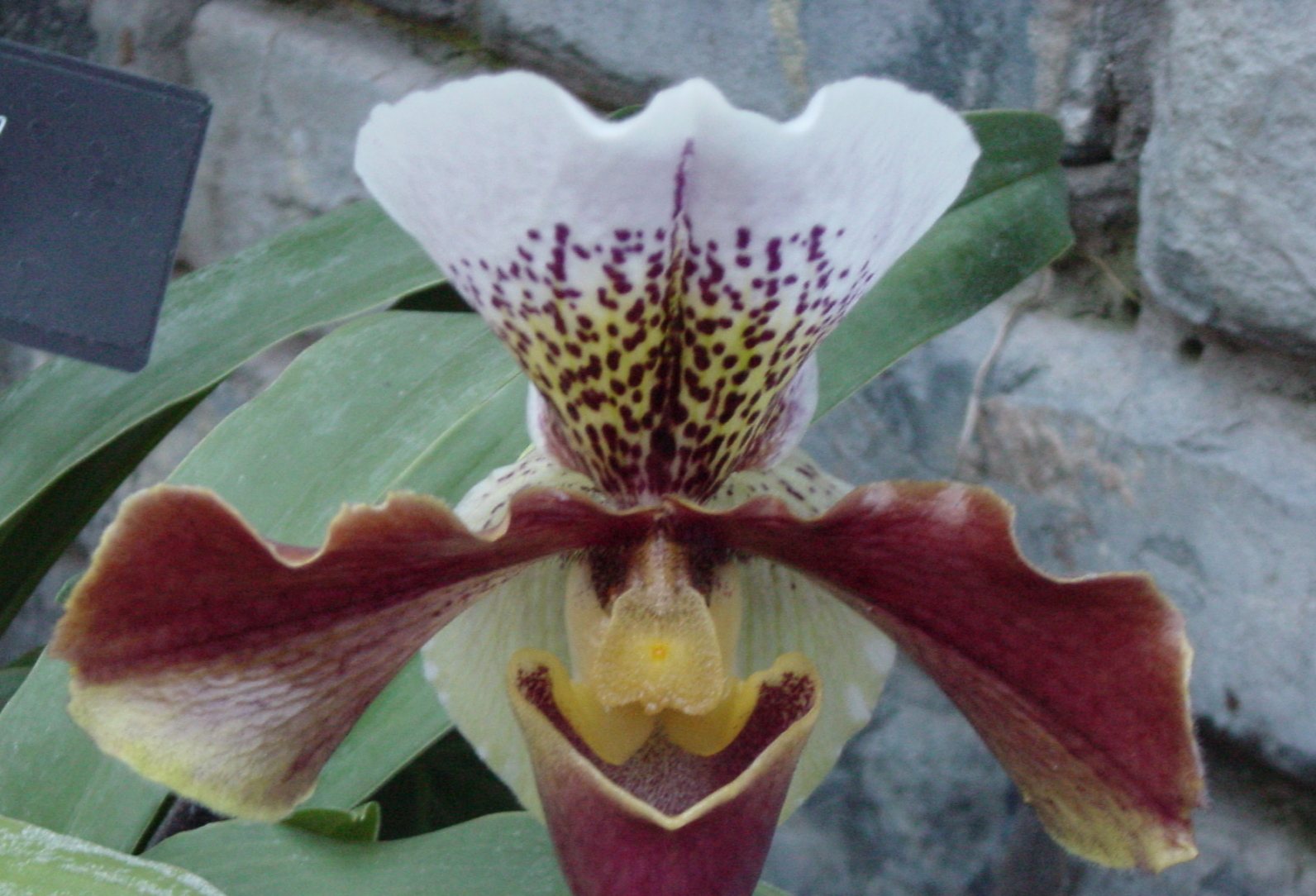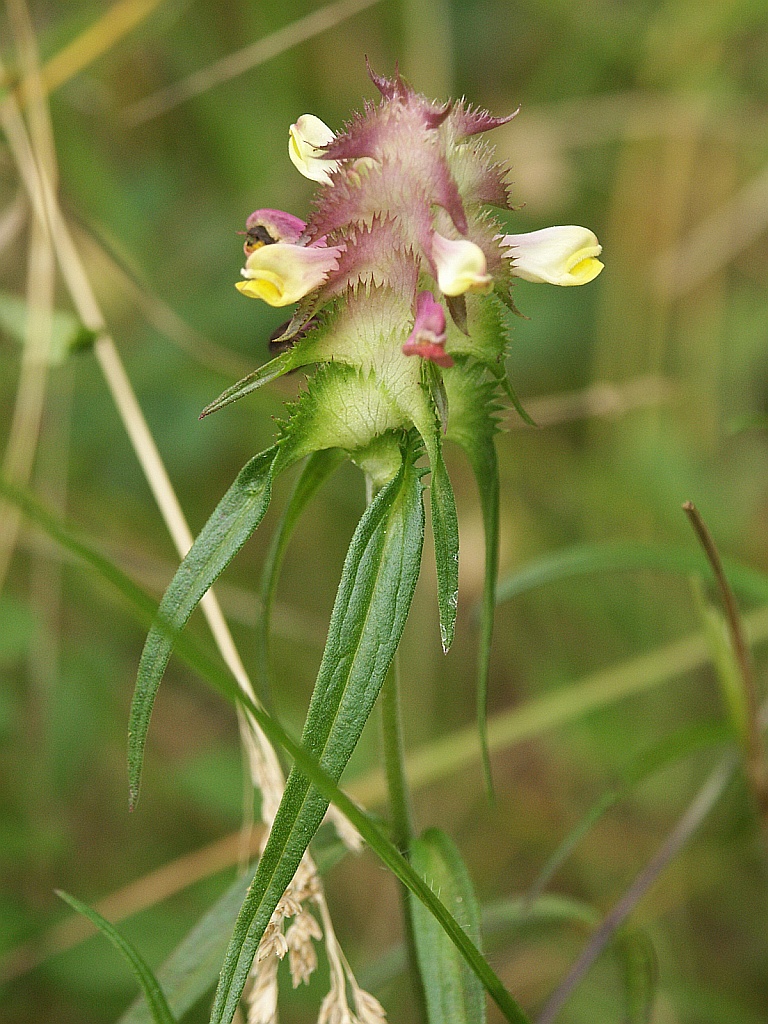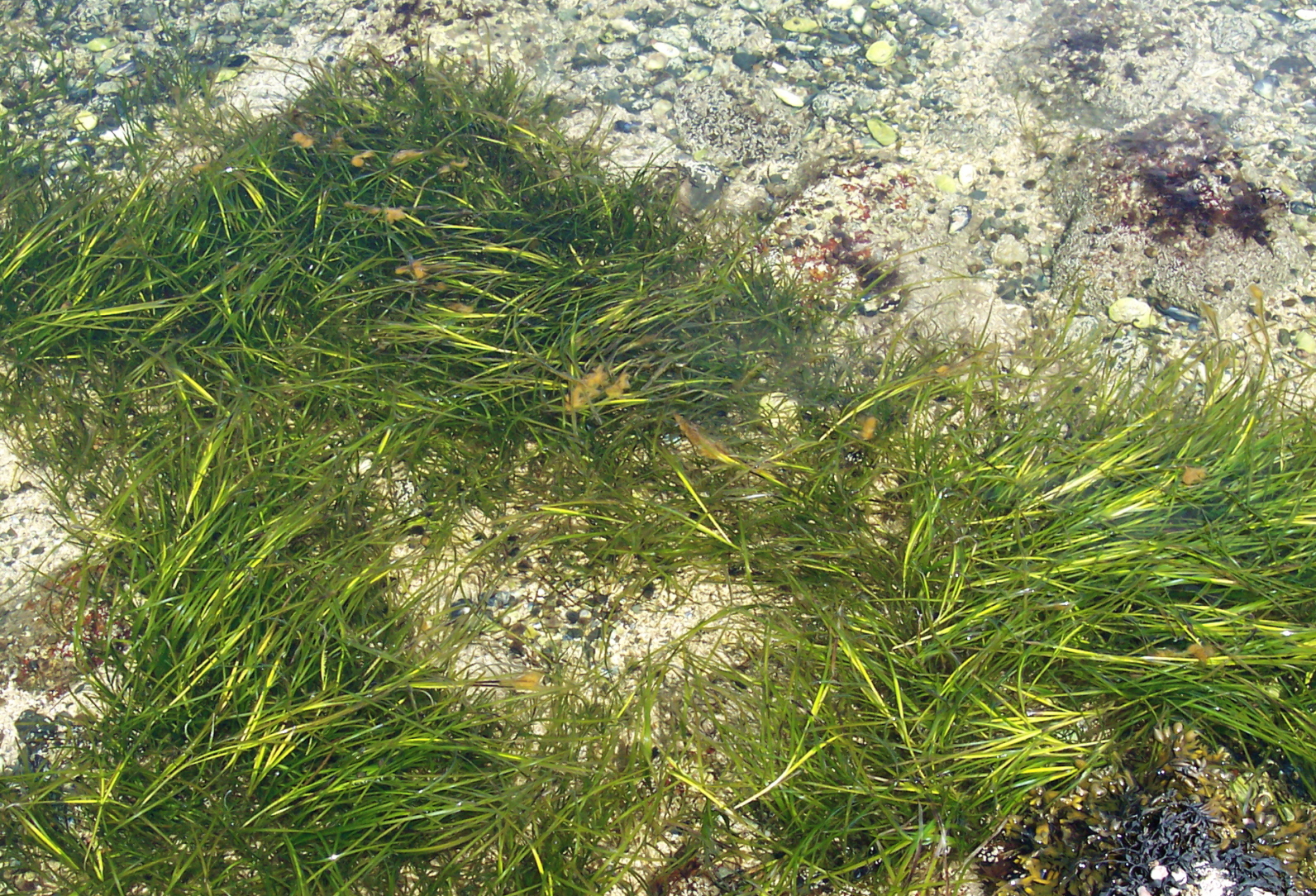Over four-hundred species of flora have become extinct in Britain over the past 200 years with numerous plants still at risk today. Many are keystone species providing essential resources such as food and shelter for other organisms. Reintroductions can help reestablish the intricate webs of ecological reactions that have been disrupted.
The British Isles is home to a diverse range of ecosystems, from ancient woodlands to sprawling meadows. Reintroducing endangered plants could restore ecosystems to their former glory. These can take place in a variety of habitats, such as wetlands, grasslands, and forests, each with its own unique set of challenges and opportunities.
An example of a successful reintroduction is the Lady’s Slipper Orchid (Cypripedium calceolus). This magnificent species was on the brink of extinction due to habitat loss and over-collection. However, through careful conservation efforts, including seed propagation and habitat restoration, it has been successfully reintroduced to several sites in England. Its return has not only delighted botanists and nature enthusiasts but has also had significant ecological effects such as boosting crucial pollinator interactions.
This orchid relies on specific insects, such as bees and wasps for pollination. By reintroducing the plant these pollinators can thrive and fulfill wider ecological roles. This ripple effect benefits other plant species that rely on similar pollinators. These restored networks contribute to increased biodiversity and more resilient ecosystems.
Another remarkable example of reintroduction efforts is the restoration of seagrass meadows along the British coastline. Seagrasses are vital habitats that provide shelter and food for numerous marine species. However, pollution, coastal development, and trawling have resulted in the widespread decline of seagrass meadows. Reintroducing seagrass species such as Zostera marina has proven to be an effective way of rejuvenating these crucial habitats.
Seagrass meadows act as nurseries for commercially important fish species, offering protection and abundant food sources for young fish. As seagrass beds recover, fish populations can rebound, benefiting both the local ecosystem and the fishing industry. Moreover, seagrass meadows act as carbon sinks, absorbing and storing significant amounts of carbon dioxide. Reestablishing these carbon-absorbing habitats contributes to mitigating climate change and its impacts.
Many natural areas in Britain have become isolated and disconnected due to urbanisation and expansions in agriculture. Plant Reintroductions can help bridge these gaps and create corridors for wildlife movement. For instance, the reintroduction of native tree species like the black poplar (Populus nigra) has enabled the reestablishment of woodland corridors, facilitating the movement of birds, mammals, and insects across the landscape.
These projects are not without their challenges. Successful reintroduction requires careful planning, monitoring, and ongoing management. Factors such as habitat suitability, availability of suitable pollinators or dispersal agents, and the presence of suitable host plants or symbiotic organisms must be considered.
The reintroduction of endangered plants in Britain has the potential to have profound ecological effects. By restoring plant species to their natural habitats, we can revive pollinator networks, rejuvenate seagrass meadows, and reconnect fragmented landscapes. These efforts not only promote biodiversity but also contribute to the overall health and resilience of ecosystems. As we continue to prioritise conservation and restoration, the reintroduction of endangered plants stands as a powerful tool to safeguard the future of Britain’s natural heritage.

Lady`s Slipper Orchid

Crested Cow-Wheat-metampyrum cristatum

Sea grass- zostera Colin Faulkingham
